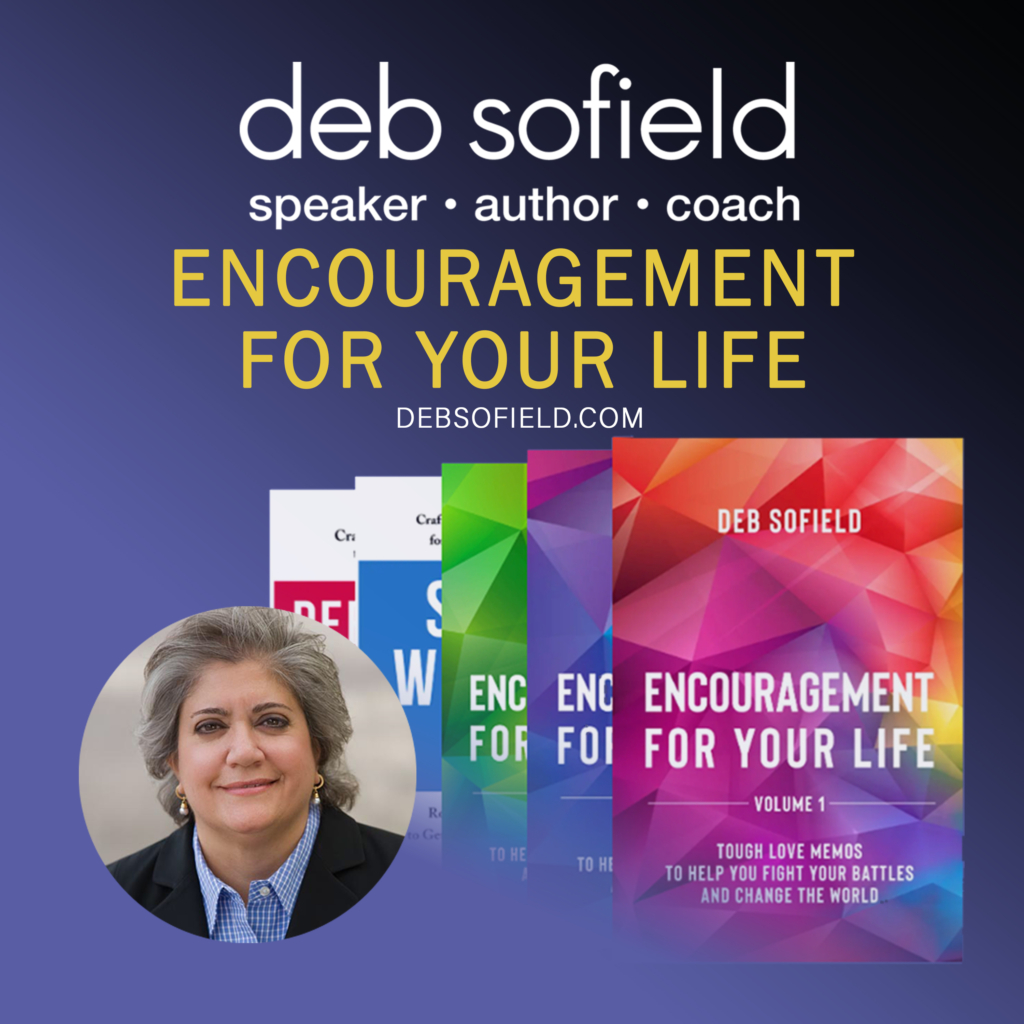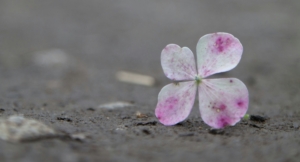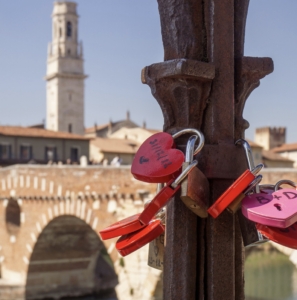Everyone has an invisible sign hanging from their neck saying, ‘Make me feel important.’ Never forget this message when working with people. ~ Mary Kay Ash
There is an age-old phenomenon that is back in full force today, partly due to social media and partly due to our busyness when it comes to actually seeing those we say we care about. I hate to admit it, but I am guilty of what John Steinbeck said: “I wonder how many people I have looked at all my life and never seen.” It is not on purpose that I have seemingly overlooked others, but I have begun to seriously think about how and why I have become so blinded by my own busyness.
We know that people in our lives (and complete strangers) seem and feel invisible, not only to us but also to themselves, when they live alone day in and day out. We are quickly becoming a society that not only overlooks those who are not like us, but also, we pass quickly by those who are aging, those who are hurting, or those who are ill, even when they are family in one sense or another.
Willingly or not, we follow what Hollywood puts on the screen, and we glorify the young, beautiful, and vibrant. But what happens when we cross that invisible line into…Well, I don’t know–unseen, obscure, opaque?
This isn’t death that I am talking about, but rather the action of looking past people or, worse, not even seeing family, friends, or coworkers as they care for us, stand beside us, and work with us. It’s odd when you think about it. When did they become invisible? Did familiarity breed disinterest? Did sameness set aside interest? Did neediness wear down the strong? According to Joseph B. Wirthlin, “The more often we see the things around us–even the beautiful and wonderful things–the more they become invisible to us, which is why we often take for granted the beauty of this world: the flowers, the trees, the birds, the clouds; even those we love. Because we see things so often, we see them less and less.”
I believe age is a hard issue for every generation, but it is hitting the sandwich generation the hardest. I define the sandwich generation as those who are taking care of their parents and now have to take in and care for their grown, out-of-work children, or when they come home with a baby. Regarding aging gracefully, every television commercial will sell you something to make you and me ageless, so we can keep what we’ve got before it fades away or simply turns gray.
I agree with Mary Kay Ash that everyone we meet has an invisible sign that simply says, ‘Don’t forget me, make me feel important, or acknowledge that I am alive.’ And since they are alive, unknowingly or not, they are asking us to consider or reconsider their value and to show them their worth by giving them our time and attention.
If that seems to be too big of an endeavor for you, consider the words of Tony Robbins, who says, “Setting goals is the first step in turning the invisible into the visible.” Believe it or not, you and I might need to set a goal for our time when it comes to friends and family. The fact is, we set goals for other important aspects of our lives, so why not consider this as important as your weekly bridge or golf game? Is it too far off the scale of value?
Often, I ask my young clients, ‘What is the greatest gift you can give someone?’ Most say love, to which I reply that whether you see your family or not, they know you love them, so what else would they like, especially your grandparents? After a bit, they usually land on the powerful answer of time. Yes, they say, my grandparents would love it if I would just go by and sit with them, and maybe eat with them, but mostly just talk with them — and not just at them. Kids say the darndest things!
I don’t want this to be a sad message today because I believe we still have time to make right what we choose to do right. And while those we claim to love are still with us, we can create lasting memories again. I love the line by Barbara de Angelis, “Love is a force more formidable than any other. It is invisible – it cannot be seen or measured, yet it is powerful enough to transform you in a moment and offer you more joy than any material possession could.”
Before I tell you about the story that prompted today’s message, I want to add just a note about treating others with respect and kindness. If you were to believe everything you read online, you would think that there is little to no kindness left in the world, but you and I know that is not true. Why? Because we are adding light to the darkness with our kind actions every day, and there are so many people just like us who are concerned about the direction our country is going in when it comes to basic courtesy, so let me encourage you to go the extra mile, make that friendly call, take that elderly client or friend or teacher out for coffee. Your hour of time is equal to about a week of good stories they tell themselves and their friends.
We’re all busy, but one day, we’ll wish someone had taken a few hours for us. Build your goodwill bank now before the hours are taken up by others. You’re in charge of your time–really, you are–so make the best of it.
Okay, so what prompted my thought about the Mary Kay quote? It was this fascinating story I came across in the New York Post about Audrey Munson.
‘She was known as “the perfect model,” and in her heyday, one headline proclaimed, “All New York Bows to the Real Miss Manhattan.” She earned the name not just because she was the toast of the town in the 1910s but because her perfectly proportioned face and body inspired numerous works of sculpture that still stand in Manhattan, Brooklyn, and the Bronx today.
One contemporary account concluded that Audrey Munson “posed for more public works than anyone” — at least a dozen of which are still on public display. New Yorkers may not know it, but they see Munson everywhere.
Her face and body were the basis for “Civic Fame,” the statue that stands atop the Municipal Building, as well as the figure of Columbia adorning the USS Maine National Monument in Columbus Circle and the “Spirit of Commerce” angel at the northern base of the Manhattan Bridge. That’s her likeness lounging above the front door of the Frick and coyly tucked in a niche outside the New York Public Library’s main branch. She is the face of Pomona, the Roman goddess of abundance, on the Pulitzer Fountain at 59th Street and Fifth Avenue, across from the Plaza Hotel. “She was the first supermodel — and the first model to have a standing in society,” says Diane Rozas, co-author of “American Venus: The Extraordinary Life of Audrey Munson, Model and Muse.”’
http://nypost.com/2016/03/05/nycs-first-supermodel-died-alone-in-an-insane-asylum/
And according to the story, she died alone in an asylum. What I find so amazing is that, as many times as I have been to the city and admired the sculptures, I never really figured that they were an actual likeness of one living model. I assumed they were a likeness of friends and family or the “ideal” woman, not just one nameless, forgotten woman. Without a doubt, her story is very sad and curious by any standard, but that is only part of the reason I wanted to bring her to your attention. She is only one of the many people that history has overlooked, set aside, and had their days end unnoticed and alone, and yet Audrey still lives on, in a way, as she peers out over the city that once lauded her. Now, she watches them silently as they go about their business right in front of her…every day.
I was curious about her story because I love architecture, but also my interest was piqued in another way because, as an elected official, I can think back on all the widows and elderly in my district who had few visitors and leaned on the kindness of neighbors, or local church groups or government officials for their visibility, and, in a sense, significance. There is a place for everyone to serve someone if you’ll just slow down long enough to look back at those who are looking at you instead of walking past them as if they didn’t exist.
Mary Kay Ashe is correct–“Everyone has an invisible sign hanging from their neck saying, ‘Make me feel important.’ Never forget this message when working with people, caring for people, and loving others as well as you love yourself.













